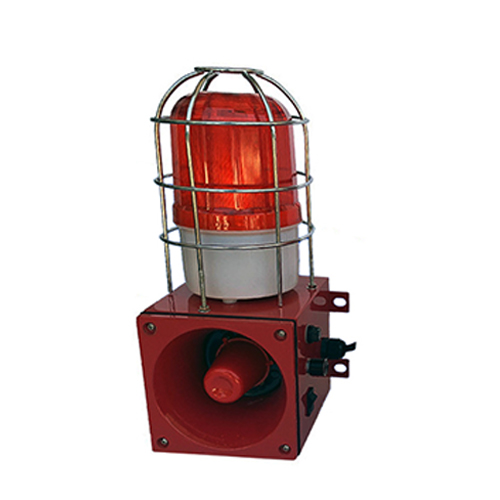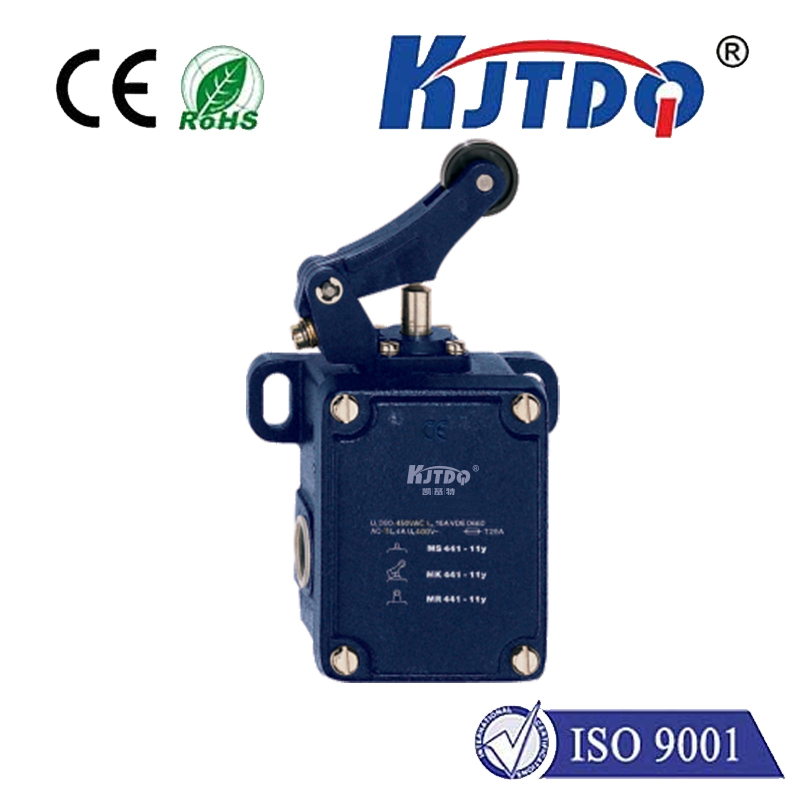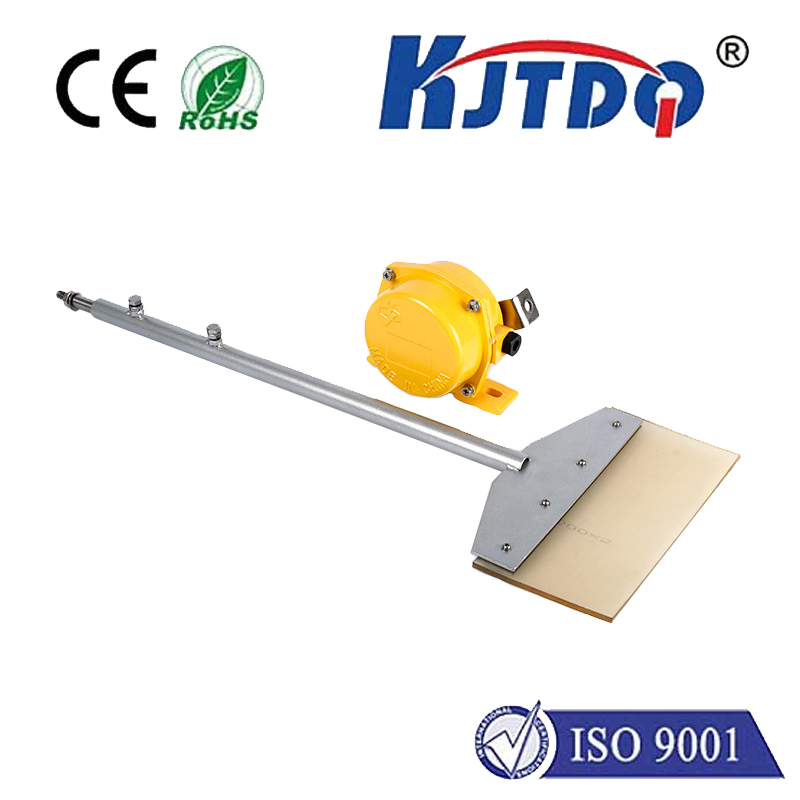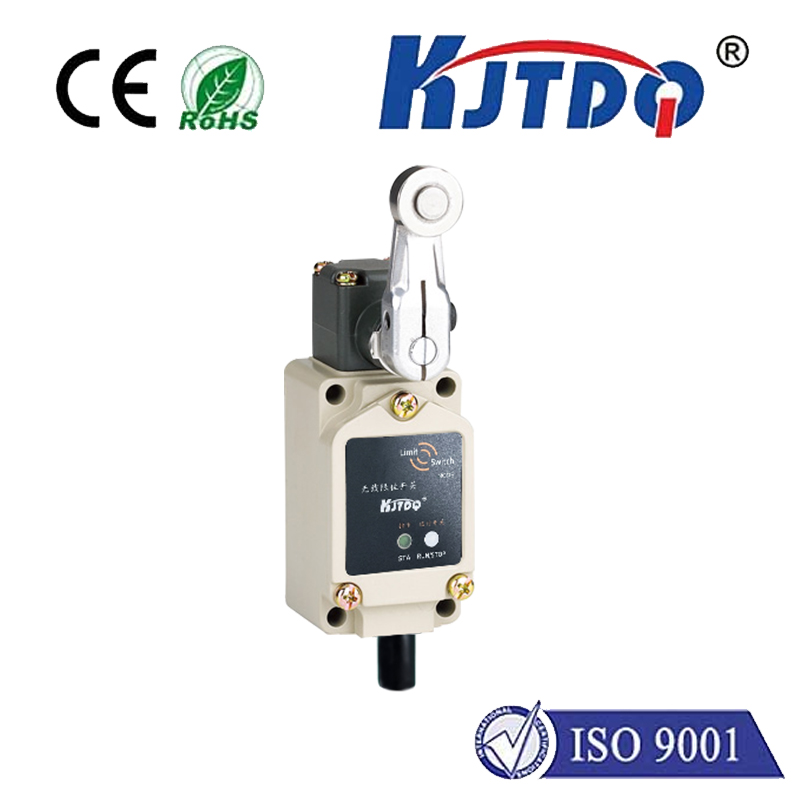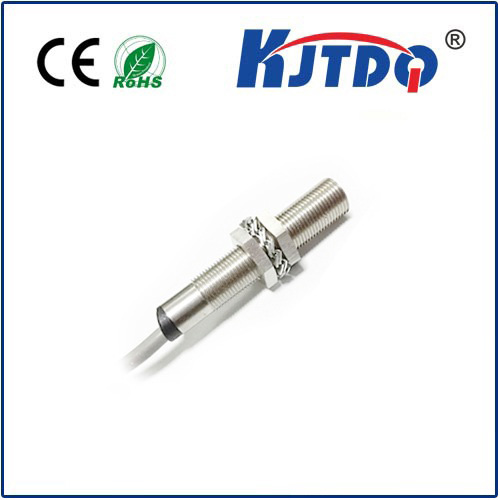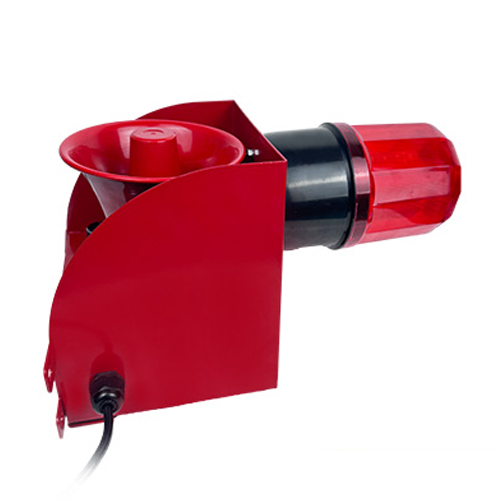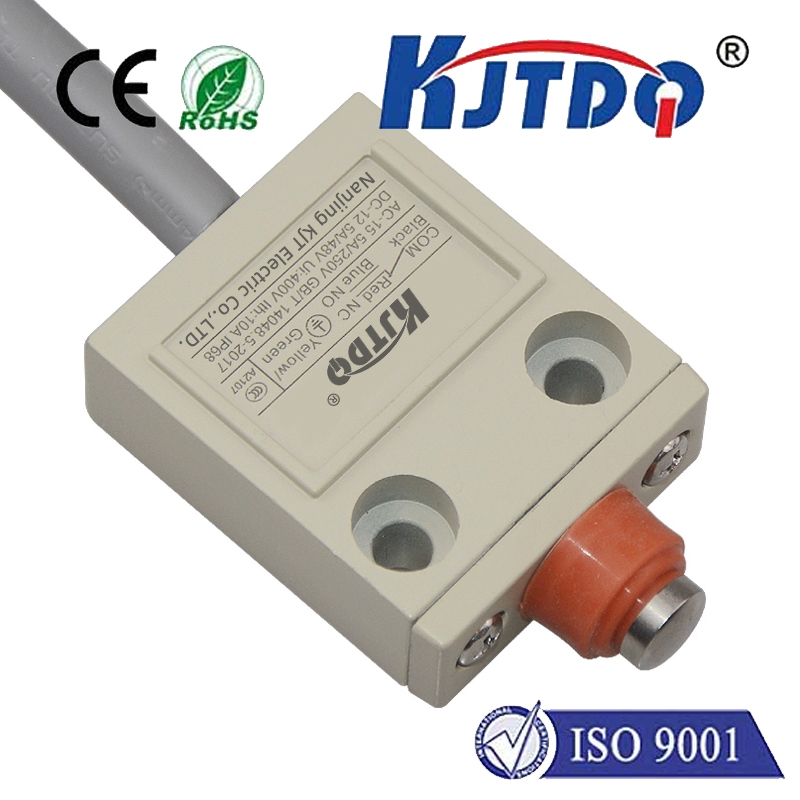high pressure limit switch air conditioner
- time:2025-08-04 13:07:34
- Click:0
The Unsung Guardian: Understanding Your AC’s High Pressure Limit Switch
High Pressure Limit Switch: Your Air Conditioner’s Critical Safety Sentinel
Imagine this: it’s the peak of summer, temperatures are soaring, and your air conditioner is battling valiantly to keep your home comfortable. But what happens if, during this intense operation, something goes wrong internally that could cause serious damage? This is where an unassuming yet vital component silently steps in – the high pressure limit switch. Often overlooked, this device acts as a crucial safety watchdog within your air conditioning system, protecting it from potentially catastrophic failures. Understanding its function is key to appreciating the intricate safety mechanisms that keep your cooling investment running reliably.
What Exactly is a High Pressure Limit Switch?
Fundamentally, a high pressure limit switch is an automatically operated, pressure-sensitive safety control installed within the refrigerant circuit of an air conditioner, specifically on the high-pressure side near the compressor discharge line or within the condenser unit. Its primary mission is to monitor the pressure of the refrigerant circulating through the system. This pressure is critical; it needs to stay within a manufacturer-specified safe operating range for the system to function efficiently and without damage.
How Does This Safety Sentinel Work?
The operation of a high pressure switch is elegantly simple yet profoundly important:

- Constant Monitoring: The switch is constantly sensing the refrigerant pressure in the high-pressure line.
- Precise Calibration: It is calibrated to a specific trip point. This is the pressure threshold set by the manufacturer, beyond which continued operation becomes unsafe.
- The Critical Trip: If the refrigerant pressure rises abnormally and exceeds this pre-set limit (due to various malfunctions we’ll discuss), the switch activates.
- Shutting Down the System: When activated, the high pressure limit switch does one critical thing: it breaks the electrical circuit supplying power to the compressor’s contactor coil. This halts the compressor instantly. Importantly, the outdoor fan motor might continue to run in many designs, helping to cool the refrigerant and reduce pressure.
- Automatic Reset (Usually): Most modern high pressure switches are designed as automatic reset devices. Once the underlying issue causing the high pressure is resolved and the pressure drops back below the trip point (or sufficiently below it), the switch automatically closes the circuit again. This allows the system to attempt a restart during its next cooling cycle. Manual reset switches also exist but are less common in residential units, typically requiring a technician’s intervention.
Why is the High Pressure Limit Switch So Crucial?
The reasons for its importance are directly linked to preventing expensive and dangerous failures:
- Preventing Compressor Catastrophe: The compressor is the heart and most expensive component of your AC. Excessively high pressure creates immense stress on its internal components. Without intervention, this can lead to seized bearings, broken valves, or even a cracked compressor shell – essentially destroying the unit. The high pressure switch serves as the compressor’s guardian, shutting it down before irreversible damage occurs.
- Avoiding Bursts and Leaks: The refrigerant lines and components are designed to withstand pressures within the normal operating range. Sustained excessive pressure can cause weak points to fail, leading to dangerous refrigerant leaks or, in extreme cases, ruptures. The switch mitigates this risk.
- Protecting Other Components: High pressure can also strain other vital components like the condenser coil and expansion valves, potentially leading to their premature failure.
- System-Wide Safety: Ultimately, by preventing component failures and refrigerant releases, the high pressure limit switch contributes significantly to the overall safety of the air conditioning system and the environment.
What Causes High Pressure Conditions?
Several malfunctions or adverse conditions can trigger the high pressure limit switch by causing refrigerant pressure to spike:
- Dirty or Blocked Condenser Coil: This is arguably the most common cause. The condenser coil (located in the outdoor unit) releases heat absorbed from indoors to the outside air. If it’s clogged with dirt, leaves, grass clippings, debris, or even mold growth, heat transfer becomes severely inefficient. The refrigerant can’t condense properly, backing up and causing pressure to skyrocket. Regularly cleaning the outdoor unit is vital prevention.
- Malfunctioning Condenser Fan Motor: If the fan that blows air across the condenser coil fails or runs too slowly, it has the same effect as a dirty coil – inadequate heat rejection leads to pressure buildup.
- Low Airflow Over Indoor Coil: Restricted airflow on the indoor side (due to extremely dirty air filters, blocked vents, closed registers, or failing indoor blower motors) means less heat is absorbed. This can cause liquid refrigerant to flood back towards the compressor, increasing pressure.
- Overcharge of Refrigerant: While less common than low refrigerant, too much refrigerant in a closed system directly increases operating pressure.
- Non-Condensables in the System: Air or nitrogen accidentally introduced during service can get trapped in the refrigerant circuit. These gases don’t condense like refrigerant and take up space, increasing pressure.
- Restricted Refrigerant Flow: A clogged filter-drier, a kinked refrigerant line, or a stuck/malfunctioning expansion valve can block the free flow of refrigerant, causing high pressure upstream of the blockage.
- Extreme Ambient Temperatures: While systems are designed for certain ranges, operating in exceptionally high outdoor temperatures (e.g., significantly above 100°F/38°C, especially if combined with other issues like a dirty coil) can push pressures near the safety limit.
Symptoms of a Tripped or Faulty High Pressure Switch
How can you tell if this safety device is doing its job or potentially malfunctioning?
- System Shutting Off During Operation: The most direct symptom is the AC running for a short period (maybe 5-15 minutes) then abruptly stopping (compressor and outdoor fan turning off), only to try restarting later (if automatic reset). This cycle may repeat. The indoor fan might keep running.
- Reduced Cooling: Obvious lack of cold air due to the compressor shutting down prematurely.
- No Cooling at All: If the switch trips immediately on start-up or fails in the open position, the compressor won’t start.
- Potential Diagnostic Codes: Modern systems with diagnostic capabilities may display specific fault codes related to high pressure or open safety circuits.
- Visibly Dirty Outdoor Unit: If you see debris clogging the condenser fins, it strongly hints at a potential cause for switch tripping.
Important Note: Don’t Ignore the Warning!
If your system is exhibiting symptoms of the high pressure limit switch tripping repeatedly, it is signaling a significant underlying problem. Simply resetting the switch manually (if possible) or waiting for it to auto-reset does not solve the root cause. The switch is acting correctly to protect your system. Continuing to run the AC with a persistent high-pressure condition will inevitably lead to compressor failure.
Professional Diagnosis is Essential
Diagnosing the exact cause of high refrigerant pressure requires specialized knowledge, tools (like refrigerant manifold gauges), and expertise. Only a qualified HVAC technician should handle this:
- They can accurately measure system pressures.
- They can inspect components like the condenser coil, fan motor, and airflow.
- They can check for refrigerant charge issues or restrictions.
- They can test the high pressure switch itself for proper operation using a multimeter or specialized equipment. Like any component, switches can fail (stuck open, stuck closed, inaccurate calibration).
The high pressure limit switch, though small and unseen, is an indispensable safety mechanism. It is the critical barrier preventing minor issues from escalating into major, costly repairs or compressor replacements. By understanding its vital role and heeding its warnings through prompt professional attention, you protect your investment and ensure your air conditioner continues to provide reliable, safe cooling, even on the hottest days.






